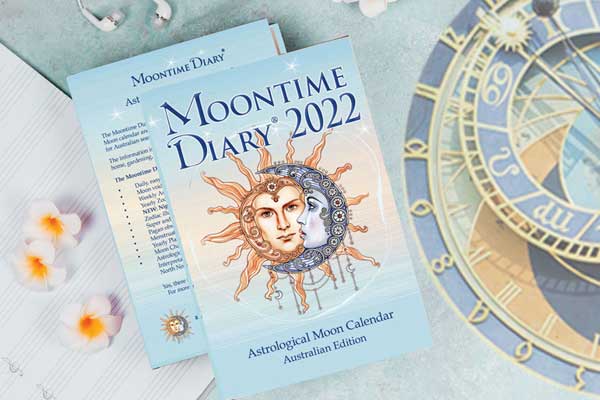A dental visit is often filled with feelings of anxiety and fear. Many people avoid or delay dental care altogether because they are anxious about the expectation of pain which has been identified as one of the main barriers to dental visits.
Although, dental care has made many advances over the years, people still rate dental treatment as painful and dental anxiety is linked to the experience of pain.
It has been thought that if the experience of pain and anxiety is reduced then this would lead to less unpleasant memories of the experience thus increasing future dental care attendance.
Distraction is one way of helping patients cope with pain and due technological advances, VR (virtual reality) is increasingly used in acute pain management.
A team of researchers worked with Torrington Dental Practice in Devon, U.K, to find out whether VR technologies can improve people’s experience during routine dental procedures such as fillings and tooth extractions.
Two studies were conducted. In the first study 85 participants were randomised into three groups: (a) the simulated “standard care” involved participants wearing VR goggles that were switched off. (b) In the “active” VR condition, participants could explore the VR coastal environment themselves using a handset controller. (c) In the “passive” VR condition, participants watched a replay of a walk through the coastal environment. They were exposed to the same environment but had no control over the walk. A cold pressor task was used to create a painful experience by using a plastic tub with a pump to circulate water so that the water does not warm up around the hand.
The researchers found that those who used the VR, felt less pain immediately after the cold pressor task and at a recall a week later compared to those in the “standard care” group. However there was no evidence if active VR was better than passive VR.
In the second study 70 participants, who were real dental patients, were divided into 3 groups randomly. They either received standard care or engaged with either the coastal VR (Wembury beach in Devon) or an urban VR setting along with standard care during their treatment which included tooth fillings or extractions. The dentist provided local anaesthetics for significant pain management (unlike the laboratory setting in which no supplementary pain control was provided).
The study found that patients who undertook the coastal VR were less anxious and was associated with less pain experience than those who received standard care. They also had more positive recollections of the treatment one week later. However, these benefits were not seen in those who took the virtual urban walk just as it was not seen in standard care.
The use of VR is on the rise in pain management and this study shows us that under the right conditions this technology can be used to improve patient experiences and help health practitioners.
The results also demonstrate that the content of the VR is important (as seen in the coastal walk versus the urban walk) and VR content must be carefully considered in line with existing theories of nature and well-being when applying VR distraction in clinical pain management.
Are you due for a dental visit? Just make sure, they are equipped with new VR technologies for you to immerse in while they take care of.
Source: Environment and Behavior











